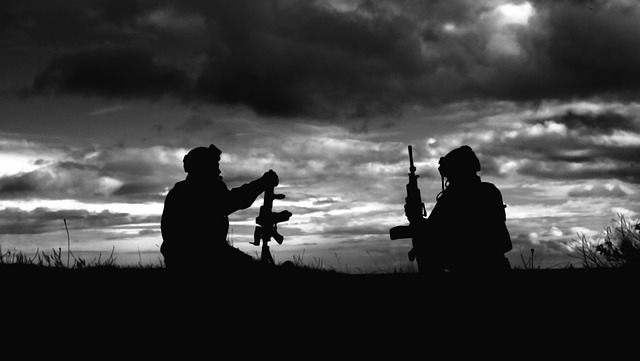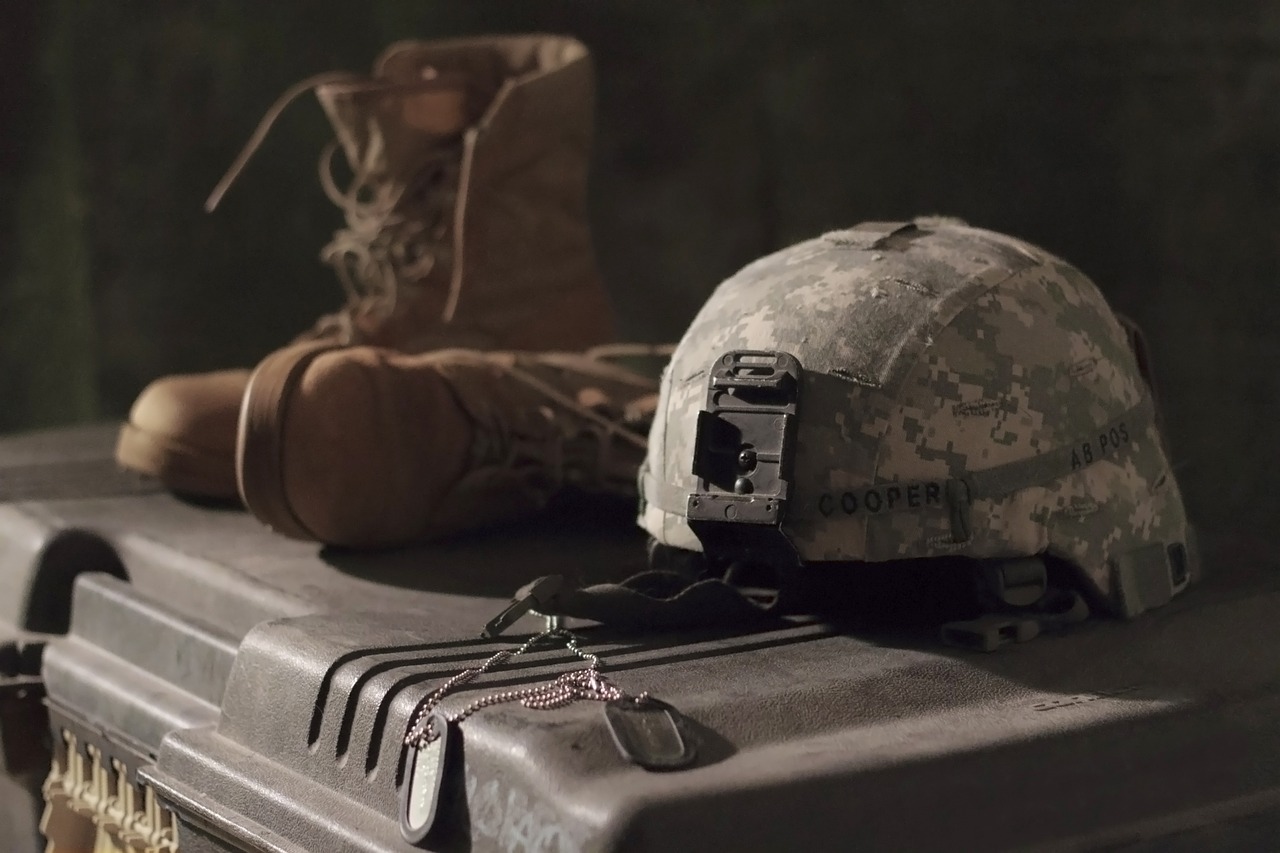Going through a near-death experience, or “NDE”, can be harrowing for anyone, and combat veterans are no exception. The event itself can change a person and their whole perspective on life and the world. They can be beautiful. They can be terrifying. And after the fact, it can be difficult to communicate with others about your near-death experience, too.
Combat veterans often struggle finding people to talk with who understand what they’ve gone through. And that issue can feel compounded after an NDE. They’re difficult to describe or talk about, and adding combat experiences into the mix makes it an even greater challenge.
How do you talk about your NDE with others? How do you put that experience into words? What will people think after hearing you describe what you saw? After all, it may not seem real to them. But it was absolutely real to you.
We have a useful brochure that discusses combat veterans having near-death experiences. You should take a few moments to read that, when you can. In the meantime, let’s go over a few of the basics here and give you a quick crash course on what your near-death experience was, and how you can find support.
What is a near-death experience?
A near-death experience (“NDE”) is a profound psychological event resulting from either a close brush with death, or having been clinically dead for some period of time. They’re vivid and incredibly detailed—so detailed that many describe their near-death experiences as having been “more real than real.”
It’s common for an NDE to include:
- An out-of-body experience
- A sensation of passing through a tunnel or a void toward a light
- Communicating with deceased loved ones or unknown beings
- A “life review” reliving moments from your life and their emotional impacts on others
If this sounds familiar, it may surprise you to learn that you’re not alone. There are countless documented cases of near-death experiences dating all the way back to ancient times. And while no two NDEs are exactly the same, they do all share a lot of remarkable similarities.
To put all of that another way? Other people have had NDEs just like yours. Some of the details will be different, and key events may have happened in a different sequence. But you’re not losing your mind and you’re definitely not alone.
Do combat veterans have different NDEs than civilians?
The characteristics of a near-death experience will generally be the same for a combat veteran and a civilian. They tend to share the same features. But dealing with the aftermath of having an NDE? That’s typically different. And it can even be more difficult for combat veterans to face than civilians.
Both combat veterans and civilians will feel disoriented by their NDE—their reality will feel different or shifted. They can feel special or “chosen”. And they might find themselves withdrawing from those around them as they ponder their experiences and what to do next.
But many often fear that their NDE signifies a mental health issue. They worry about how others will perceive their descriptions of their NDE. And will others take what they’re saying seriously? Will they think they’ve lost their mind? How do you even put all of this into words?
For combat veterans, those stigmas are compounded by military culture and the fear of being persecuted, getting ridiculed, or jeopardizing your career. They might approach your NDE as a mental disorder and attempt to medicate a problem that doesn’t exist. And these are very real concerns for combat veterans, too. There have been cases of these things happening.
How do combat veterans find support?

Most people—civilians and combat veterans alike—find it difficult to talk about their near-death experiences with others. But the added barriers faced by combat veterans can compound the issue. So how do combat veterans find support? And what does that support look like?
You’re already well on your way toward the first step—learning about near-death experiences. IANDS.org offers information on NDEs, valuable support resources, and more. We can help you connect with groups where you can share your experiences without judgment and without fear of persecution. To put it another way: you’ve come to the right place.
The next step involves talking about your NDE with someone. And for combat veterans, that’s the tricky part. But we have a useful guide explaining how to share your near-death experience with someone you trust. And there are support groups in your area and online with whom you can share your NDE, too. Including groups for the military.
If you’re feeling up to it, you can also anonymously share your near-death experience. Doing so can help researchers understand NDEs, and others can find solace in knowing they’re not alone.
Learning about, discussing, and accepting your NDE are huge steps forward for both civilians and combat veterans alike. And over time, talking about your NDE with someone you trust does help. It can put your experience into perspective. It lets you get all of this off of your chest. And most importantly, it helps you heal.

